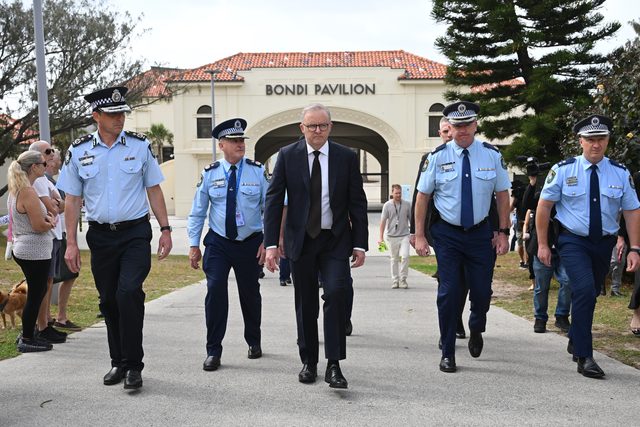Challenging market conditions continue to impact Australian wine exports but value from diversification is starting to flow in some markets
Australian wine exports decreased by 26 per cent in value to $2.05 billion and 13 per cent in volume to 628 million litres in the year ended March 2022, according to Wine Australia’s latest Export Report released today.
The year-on-year figures continue to reflect the impact of the imposition of high deposit tariffs on bottled Australian wine imported to mainland China in November 2020 and of the exceptionally tough market conditions globally.
Exports excluding mainland China declined by 3 per cent in volume but increased by 7 per cent in value to $2.03 billion – the highest value since 2010.
Key drivers of the value growth were in markets including Singapore, Hong Kong, Thailand, South Korea, Taiwan and Japan indicating that market intensification and diversification is having an impact.
In the 12 months ended March 2022, Australian exporters shipped wine to 112 markets and 71 experienced value growth.
Wine Australia General Manager Corporate Affairs and Regulation Rachel Triggs said while the increase in value excluding mainland China was strong at $129 million, it did not come close to offsetting the decline in value to mainland China (a loss of $844 million).
“Over the past 15 months, Australian wine exporters have had to navigate through an exceptionally challenging operating environment, largely led by the imposition of high deposit tariffs on bottled Australian wine imported to mainland China, the continuing impact of the global freight crisis, and a counter-swing in some markets after COVID-19 related stockpiling in 2020.
“What the latest Export Report shows is that efforts to diversify and intensify markets is slowly reaping rewards for Australian wine exporters. With the easing of COVID-19 restrictions, we’re seeing the on-premise trade open up in established markets and that has had an impact as demand stabilises,” Ms Triggs said.
The decline in total wine export volume, excluding mainland China, was most significant to Australia’s two biggest markets of the United Kingdom (UK) and the United States of America (US). Exports to these markets surged during 2020 due to COVID-19 stockpiling for the off-premise trade, but demand has since eased as pandemic restrictions relaxed.
Australian wine exports declined in all price segments in the year ended March 2022, driven largely by the decline to mainland China and exports valued under $10 FOB per litre to the US and UK.
“However, when excluding mainland China, exports within the premium segment above $10 FOB per litre grew by 47 per cent, with 58 out of 89 destinations receiving exports in this price segment reporting growth during the year. These destinations included Singapore, Hong Kong, Thailand, the US, the UK, South Korea and Taiwan,” Ms Triggs said.
In the 12 months to the end of March 2022, the top five markets by value were:
UK, down 2 per cent to $449 million,
US, down 4 per cent to $416 million,
Hong Kong, up 24 per cent to $184 million,
Canada, down 13 per cent to $171 million, and
Singapore, up 96 per cent to $168 million.
The top five markets by volume are:
UK, down 6 per cent to 246 million litres,
US, down 5 per cent to 127 million litres,
Canada, down 7 per cent to 51 million litres,
Germany, down 8 per cent to 34 million litres, and
New Zealand, up 6 per cent to 33 million litres.
Europe
The UK is the number one destination for Australian wine exports in value and volume. In the 12 months ended March 2022, exports to the UK decreased by 2 per cent in value to $449 million and 6 per cent in volume to 246 million litres (27 million 9-litre case equivalents).
A decline of 9 per cent in export value below $5 per litre FOB, to $357 million, outweighed growth within the above $5 FOB per litre segment of 36 per cent to $92 million. The strongest rates of growth came at $10 to $19.99 FOB per litre, up 51 per cent to $21 million. It is the highest value in this segment in this 12-month period since 2009 and the number of exporters in this price point increased from 236 in 2021 to 248 in 2022.
Excluding the UK, exports to Europe declined by 6 per cent in value to $233 million and 7 per cent in volume to 104 million litres. European markets to record value growth included Denmark, up 13 per cent to $40 million, Norway, up 2 per cent to $8 million, and Poland, up 71 per cent to $7 million.
North America
The US is the second ranked destination for Australian wine exports by value and volume. In the 12 months ended March 2022, exports to the US declined 4 per cent in value to $416 million and 5 per cent in volume to 127 million litres (14 million 9-litre case equivalents).
About three-quarters of the value shipped to the US was at below $5 FOB per litre, which declined by 10 per cent to $325 million. There was growth in the price points at $5 FOB or more per litre with a strong increase recorded at $10 FOB or more per litre, up 37 per cent to $53 million – the highest value in this price point in a March Export Report since 2009. There were 27 additional exporters in this price segment compared to the previous year, taking the number to 233, and there are more than 100 additional exporters to the US in this price point compared to a decade ago.
Canada is the third biggest destination for Australian wine by volume and fourth by value.
Asia
The most significant growth in overall exports in the 12 months ended March 2022 came from Australian wine exports to Southeast Asia, which grew 63 per cent to $281 million.
Exports to Northeast Asia declined 70 per cent to $337 million, driven largely by the decline to mainland China.
Hong Kong is the largest destination in the region by value, and exports increased by 24 per cent to $184 million.
Australian wine exports to Singapore almost doubled in value to $168 million.
The value of exports to Japan rebounded strongly in the 12 months to March 2022, up 15 per cent to $51 million with strong growth at $2.50 to $4.99 FOB per litre and at $10 FOB or more per litre.
Exports to South Korea and Taiwan increased by similar rates (almost 30 per cent to $45 million and $28 million respectively) with the $10 FOB or more per litre price segment driving growth to each destination.







